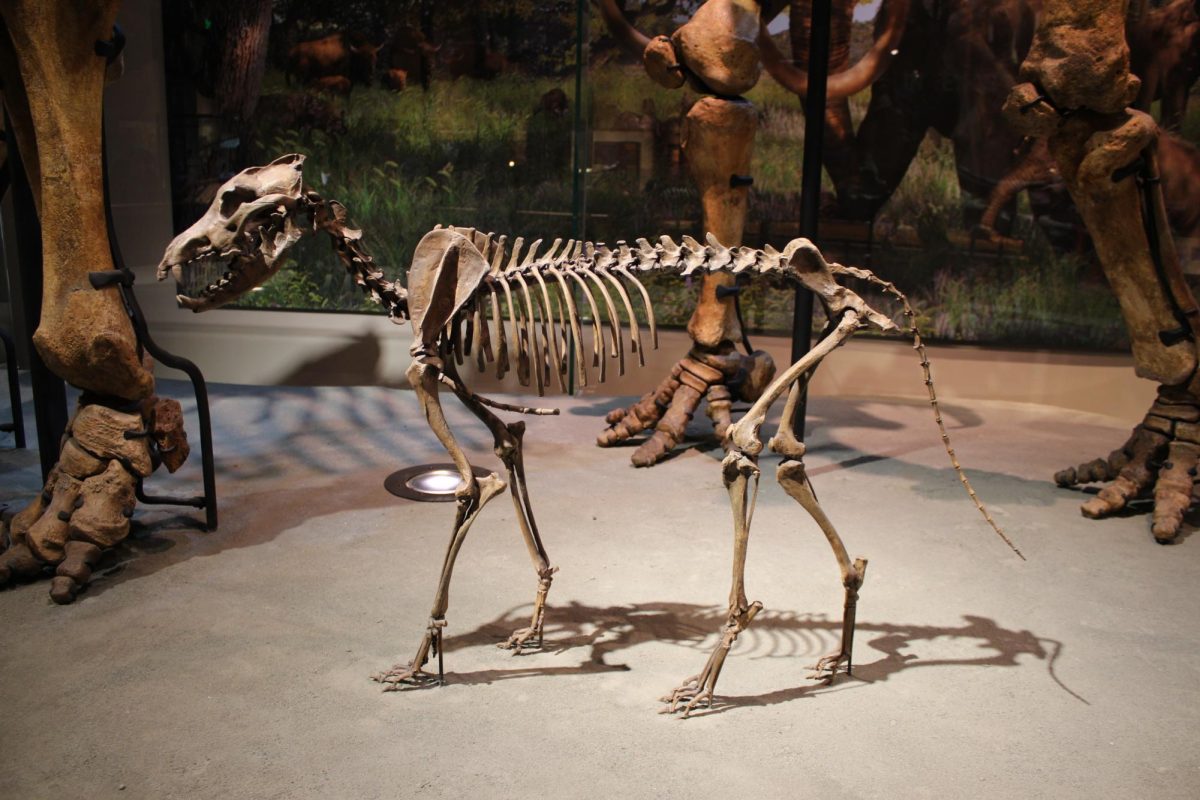Colossal Biosciences, a company based in Dallas, Texas, has successfully altered the genomes of three grey wolf puppies in order to bring it one step closer to their ancient relatives: dire wolves.
Dire wolves, popularized by “Game of Thrones,” were once a large canine predator that roamed North America from 125,000 to 10,000 years ago. Their remnants were first discovered in 1854 near the Ohio River.
Scientists at Colossal successfully altered the DNA of 3 pups, named Romulus, Remus, and Khaleesi. Romulus and Remus are named after the mythical founders of Rome, and Khaleesi is named after the “Games of Thrones” character Khaleesi Daenerys Targaryen.
Romulus and Remus were born on October 1, 2024, and Khaleesi was born on January 30. The public announcement of their birth occurred on April 7.
According to the Colossal website, their de-extinction process consists of genetics engineering, AI and machine learning, embryology, stem cell reprogramming, conservation and animal husbandry, and exogenous development.
While this isn’t a complete reconstruction of the dire wolf, it is a step towards their return. Grey wolves are the closest living relatives of dire wolves, but they are far from being the same species. They share approximately 99.5% of their DNA, but considering that grey wolves have over 19,000 genomes, this means that there are still hundreds of genealogical differences between the two species.
Colossal’s goal of de-extinction has been met with criticism, and so has their marketing of the supposed dire wolf pups. As Michael Hiltzik, journalist for the Los Angeles Times points out: “The company hasn’t exactly reported its work with anything resembling scientific circumspection. Instead, it has promoted its claim to have resurrected the dire wolf with unsparing razzmatazz.”
On the company’s website page about dire wolves, they present the species of the three pups as complete dire wolves. The feature boxes for the pups do not mention their grey wolf heritage.
Jennifer Calland, who teaches both AP and honors biology, environmental science, principles of biomedical science, and human body systems here at JA, believes that bringing back species such as dire wolves could have a negative effect on existing ecosystems. “The dire wolf, which was extinct for tens of thousands of years, would have no natural place in an ecosystem today. So it would either out-compete native species or just wouldn’t be able to compete in the ecosystem today.”
Many people have also questioned if de-extinction is the right direction for future conservation efforts. TIME journalists Douglas McCauley and Justin Brashares state that de-extinction distracts from the conservation of currently living species. “Editing small portions of DNA from extinct species into modern relatives with the goal of declaring extinction solved is an example of science and society doing shallow work with some of the deepest technology ever invented. All of this as the clock of extinction ticks forward on irreplaceable species that share this planet with us right now.”
According to the IUCN, around 28% of all currently living species are considered endangered. “The main argument against de-extinction comes from a conservation biology point of view,” states Ross MacPhee, a retired museum curator at the American Museum of Natural History, and Lynn J. Rothschild, an evolutionary biologist at NASA’s Ames Research Center, on a PLOS blog. “Focusing on de-extinction could compromise biodiversity by diverting resources from preserving ecosystems and preventing newer extinctions.”








